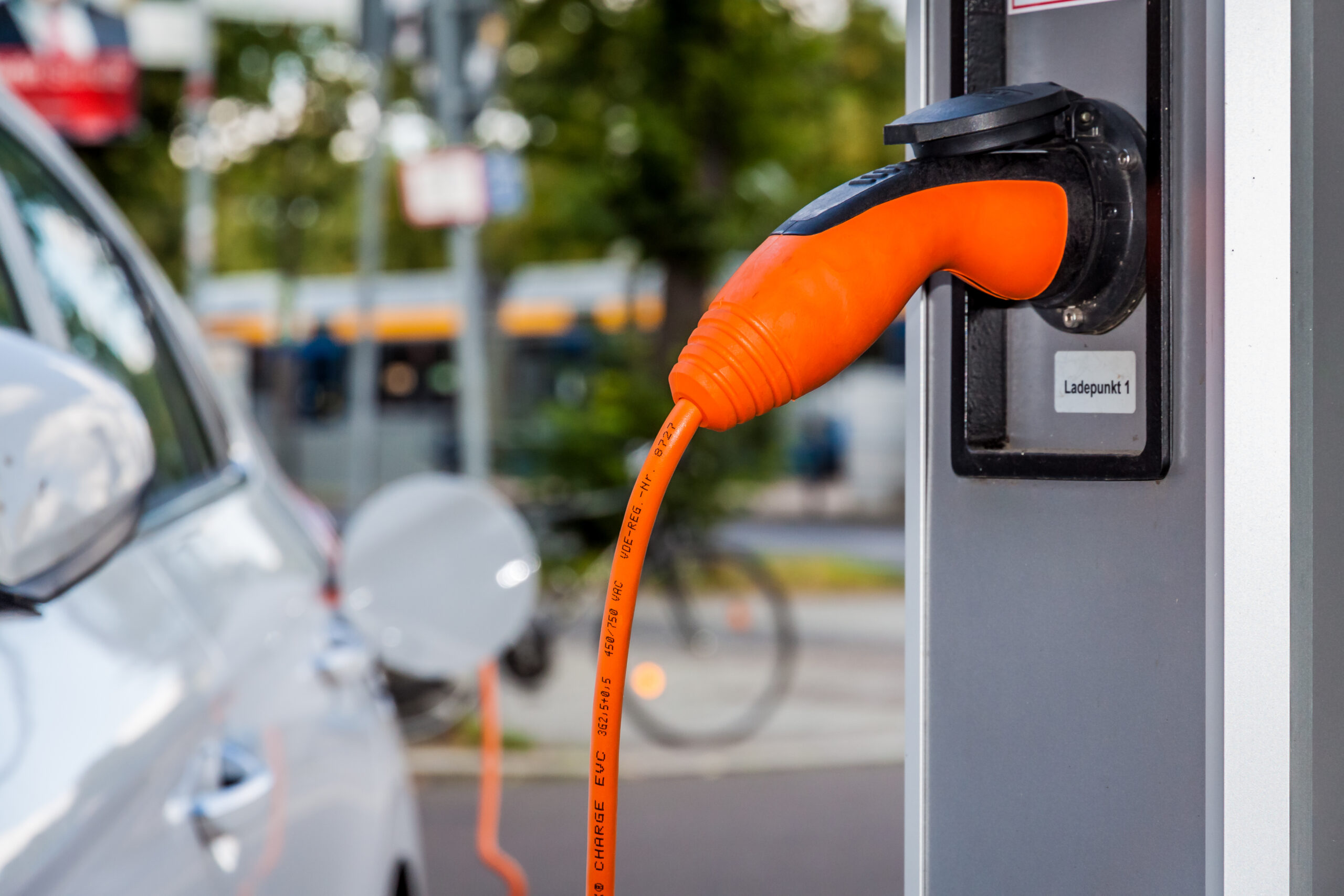TRENTON, NJ — The dust hasn’t settled on New Jersey Governor Phil Murphy’s wind energy agenda collapse as a new clean energy crisis looms on the horizon casting doubts on his 2035 gasoline-powered car ban.
The green energy sector, hailed as the future of New Jersey’s future economy is starting to crumble. This week, auto manufacturers are re-evaluating their ambitious clean energy agenda and electric vehicle commitments.
A collapse in the EV market could stall the governor’s radical and ambitious goal to ban the sale of gasoline-powered cars in New Jersey by 2035.
Industry giants are reassessing their electric vehicle (EV) commitments amidst market challenges. Labor renegotiations, economic headwinds, and wavering consumer interest impact automakers’ electrification goals, casting uncertainty on government ambitions for EV market dominance.
In a string of announcements, automakers including General Motors (GM), Ford, Mercedes-Benz, and Honda have tempered their EV production forecasts. This shift comes as the industry grapples with inflated production costs, rising interest rates, and lukewarm consumer demand for EVs.
The automotive sector’s reevaluation of EV targets comes at a critical juncture. The Biden administration and European Union have championed aggressive EV adoption, with the U.S. government injecting funds to spur EV production and transition goals. The EU mandates a zero-emissions standard for all new vehicles by 2035.
Mercedes-Benz’s CFO Harald Wilhelm highlighted the industry’s financial strain during a recent earnings call. Companies are struggling to balance the push towards electrification with financial sustainability.
Ford’s delay of a significant battery plant investment in Kentucky reflects these broader industry trends. The announcement followed a tentative agreement with the United Auto Workers union, concluding a protracted labor dispute. Although Ford projects a loss on its EV division, it remains committed to its long-term electrification strategy.
The UAW strikes and subsequent labor agreements could lead to higher EV costs as manufacturers aim to offset increased labor expenses. GM revised down its mid-term EV production targets due to profitability and demand concerns, while maintaining its longer-term objectives.
Honda and GM have scrapped plans for a joint $5 billion facility aimed at competing with Tesla on pricing. Tesla itself, while profitable per EV sold, has seen its stock price drop significantly. CEO Elon Musk has acknowledged the deterrent effect of higher borrowing costs on consumer purchases.
This recalibration by automakers poses potential setbacks for U.S. goals of reaching a 50% EV share in new car sales by 2030. The automotive landscape’s trajectory will depend on the development of requisite charging infrastructure and consumer adoption rates in the face of economic pressures.
